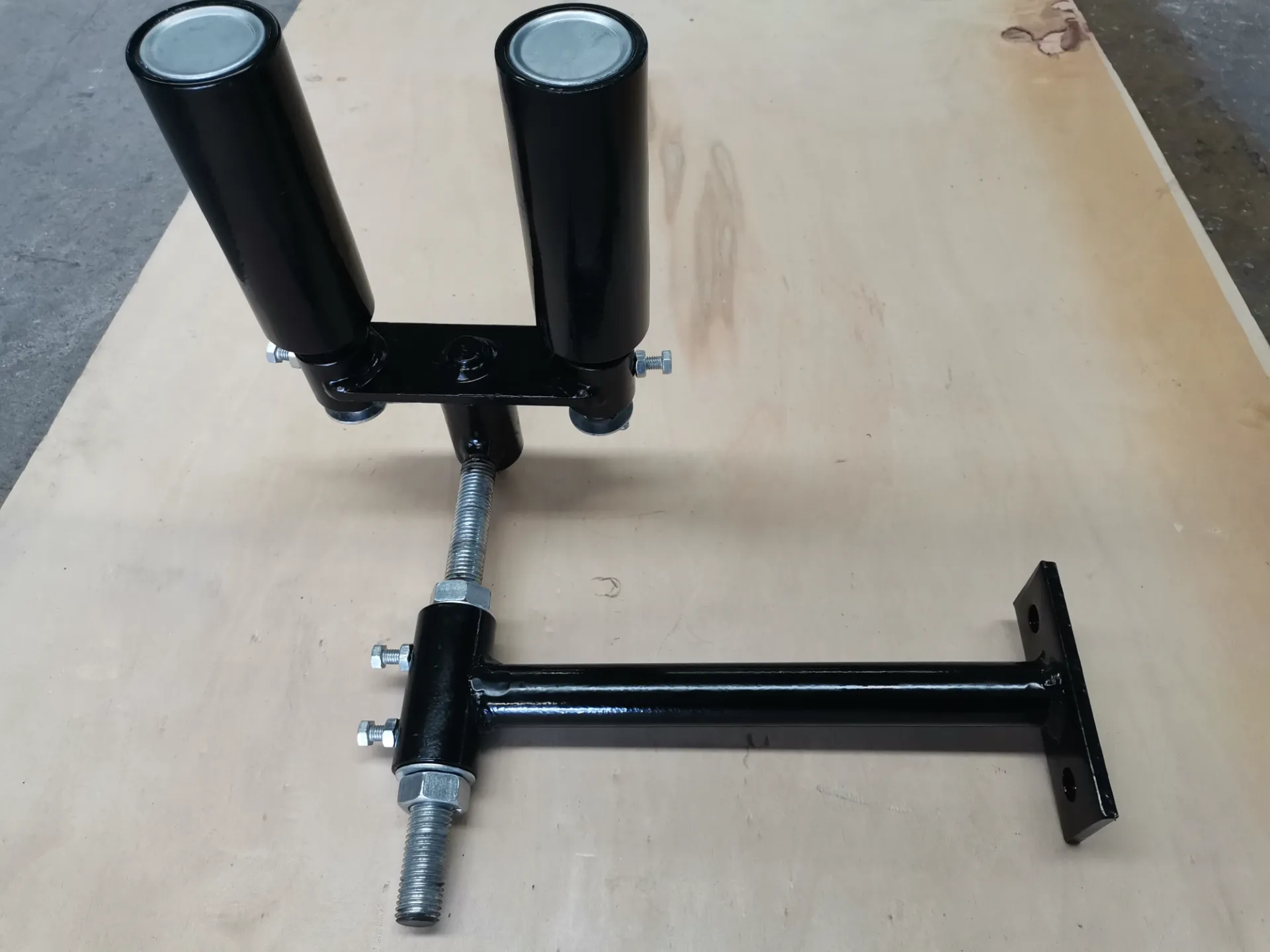 Afrikaans
Afrikaans  Albanian
Albanian  Amharic
Amharic  Arabic
Arabic  Armenian
Armenian  Azerbaijani
Azerbaijani  Basque
Basque  Belarusian
Belarusian  Bengali
Bengali  Bosnian
Bosnian  Bulgarian
Bulgarian  Catalan
Catalan  Cebuano
Cebuano  Corsican
Corsican  Croatian
Croatian  Czech
Czech  Danish
Danish  Dutch
Dutch  English
English  Esperanto
Esperanto  Estonian
Estonian  Finnish
Finnish  French
French  Frisian
Frisian  Galician
Galician  Georgian
Georgian  German
German  Greek
Greek  Gujarati
Gujarati  Haitian Creole
Haitian Creole  hausa
hausa  hawaiian
hawaiian  Hebrew
Hebrew  Hindi
Hindi  Miao
Miao  Hungarian
Hungarian  Icelandic
Icelandic  igbo
igbo  Indonesian
Indonesian  irish
irish  Italian
Italian  Japanese
Japanese  Javanese
Javanese  Kannada
Kannada  kazakh
kazakh  Khmer
Khmer  Rwandese
Rwandese  Korean
Korean  Kurdish
Kurdish  Kyrgyz
Kyrgyz  Lao
Lao  Latin
Latin  Latvian
Latvian  Lithuanian
Lithuanian  Luxembourgish
Luxembourgish  Macedonian
Macedonian  Malgashi
Malgashi  Malay
Malay  Malayalam
Malayalam  Maltese
Maltese  Maori
Maori  Marathi
Marathi  Mongolian
Mongolian  Myanmar
Myanmar  Nepali
Nepali  Norwegian
Norwegian  Norwegian
Norwegian  Occitan
Occitan  Pashto
Pashto  Persian
Persian  Polish
Polish  Portuguese
Portuguese  Punjabi
Punjabi  Romanian
Romanian  Russian
Russian  Samoan
Samoan  Scottish Gaelic
Scottish Gaelic  Serbian
Serbian  Sesotho
Sesotho  Shona
Shona  Sindhi
Sindhi  Sinhala
Sinhala  Slovak
Slovak  Slovenian
Slovenian  Somali
Somali  Spanish
Spanish  Sundanese
Sundanese  Swahili
Swahili  Swedish
Swedish  Tagalog
Tagalog  Tajik
Tajik  Tamil
Tamil  Tatar
Tatar  Telugu
Telugu  Thai
Thai  Turkish
Turkish  Turkmen
Turkmen  Ukrainian
Ukrainian  Urdu
Urdu  Uighur
Uighur  Uzbek
Uzbek  Vietnamese
Vietnamese  Welsh
Welsh  Bantu
Bantu  Yiddish
Yiddish  Yoruba
Yoruba  Zulu
Zulu Creating an Efficient Guide for Roller Applications and Usage
Understanding Guide Rollers Importance, Applications, and Selection
Guide rollers are crucial components in various industrial and mechanical settings, playing a vital role in ensuring the smooth and efficient operation of machinery. These rollers help guide moving parts, reduce friction, and minimize wear and tear, ultimately extending the lifespan of equipment. In this article, we will delve into what guide rollers are, their applications, and how to select the right ones for your specific needs.
What Are Guide Rollers?
Guide rollers are cylindrical components that facilitate the movement of other parts within machinery. Typically made of durable materials such as plastic, metal, or rubber, these rollers are designed to handle the dynamic load of moving elements while maintaining stability and alignment. They are often used in conjunction with belts, chains, and other conveying systems to ensure precise movement and support.
Importance of Guide Rollers
The significance of guide rollers cannot be overstated. They serve as a vital link in machinery by
1. Reducing Friction By providing a smooth surface for parts to travel on, guide rollers minimize friction, which can lead to heat generation and abrasion. This reduction in friction improves efficiency, allowing machines to operate at optimal levels.
2. Enhancing Load Distribution Guide rollers distribute the weight of the moving parts evenly, preventing localized stress and potential damage to either the rollers or the machinery.
3. Improving Component Longevity With effective load management and reduced friction, guide rollers help prolong the life of both the rollers and the machinery, resulting in lower maintenance costs and reduced downtime.
4. Ensuring Accurate Alignment Correct alignment is critical for the precise function of machinery. Guide rollers assist in keeping components aligned, which is essential for operational accuracy and reliability.
Applications of Guide Rollers
Guide rollers are utilized across various sectors, including
- Manufacturing In conveyor systems, guide rollers support the movement of materials and products from one stage of production to another, ensuring smooth operation in assembly lines.
guide roller

- Automotive Industry Guide rollers are employed in assembly machines and robotic arms for moving components while maintaining alignment and stability.
- Textile and Paper Production In these industries, guide rollers help manage the flow of raw materials and finished products through different processes, such as cutting, folding, and packaging.
- Logistics and Warehousing In automated storage and retrieval systems, guide rollers facilitate the seamless movement of goods, enhancing efficiency in material handling.
- Construction Guide rollers are used in cranes and lifts, assisting in the movement of heavy loads by ensuring stability and precision.
Selecting the Right Guide Rollers
Choosing the appropriate guide roller for your application is essential to ensure performance and longevity. Consider the following factors
1. Material The choice of material can impact durability and friction levels. For high-load applications, metal rollers may be preferable, while plastic or rubber rollers may be suitable for lighter tasks or where noise reduction is a concern.
2. Size and Load Capacity Assess the size and weight of the moving components. The selected guide roller must support the load without deforming or failing.
3. Operating Environment Consider environmental factors such as temperature, humidity, and exposure to chemicals. Certain materials are better suited for specific conditions.
4. Speed of Operation If the machinery operates at high speeds, choose rollers designed to handle rapid movement without excessive wear.
5. Maintenance Requirements Some guide rollers require more maintenance than others. Selecting low-maintenance options can save time and costs in the long run.
Conclusion
Guide rollers are integral to the functionality and efficiency of various machines across multiple industries. By understanding their importance, applications, and selection criteria, you can ensure optimal performance and longevity of your equipment. From manufacturing to logistics, investing in the right guide rollers can lead to smoother operations, reduced maintenance needs, and ultimately, greater productivity. Whether you’re upgrading existing machinery or designing new systems, prioritize the role of guide rollers in your equipment for lasting success.
-
Revolutionizing Conveyor Reliability with Advanced Rubber Lagging PulleysNewsJul.22,2025
-
Powering Precision and Durability with Expert Manufacturers of Conveyor ComponentsNewsJul.22,2025
-
Optimizing Conveyor Systems with Advanced Conveyor AccessoriesNewsJul.22,2025
-
Maximize Conveyor Efficiency with Quality Conveyor Idler PulleysNewsJul.22,2025
-
Future-Proof Your Conveyor System with High-Performance Polyurethane RollerNewsJul.22,2025
-
Driving Efficiency Forward with Quality Idlers and RollersNewsJul.22,2025





























